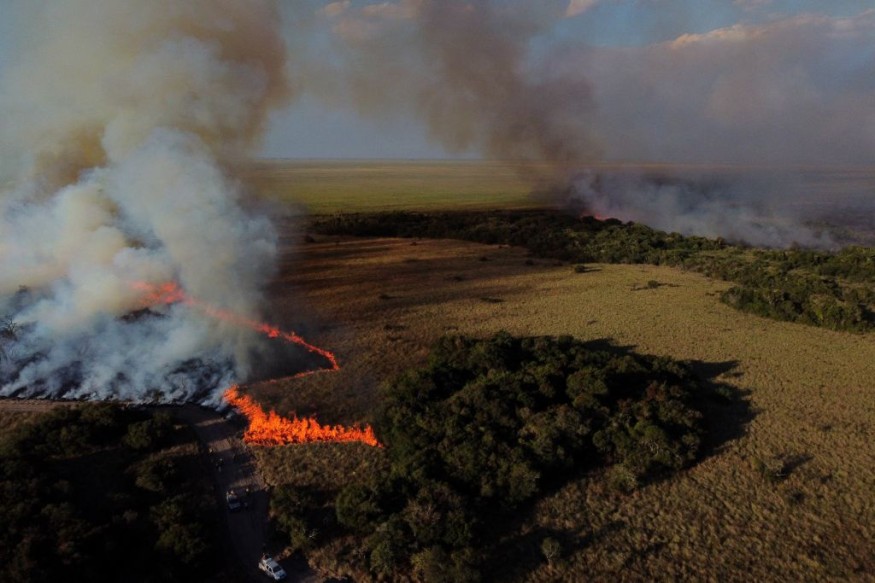Critical fire weather conditions have been forecasted to affect the Southern Plains of the United States early this week.
The US meteorological authorities indicated that low humidity and gusty winds will cause critical fire weather hazards, notably in Texas' Trans-Pecos and Big Bend regions.
What is a Fire Weather?

Critical Fire Weather Conditions
The NWS on Sunday, March 13, issued a weather forecast that critical fire weather conditions are looming due to dry weather and warm temperatures across the Southern High Plains from Monday to Tuesday, March 14 to March 15.
This means that there is a risk of fire growth and smoke dispersal across the Southern Plains region, affecting the states of Colorado, Kansas, Texas, Oklahoma, Montana, Nebraska, New Mexico, North Dakota, South Dakota, and Wyoming.
Due to these conditions, the occurrence of bushfires or forest fires is possible in grasslands and forested areas.
The spread of fire and smoke is also elevated due to fire-conducive climatical elements brought under critical fire weather conditions.
The National Weather Service (NWS) of the National Oceanic and Atmospheric Administration (NOAA) defines fire weather as the collective meteorological parameters like relative humidity, soil moisture, wind speed, and wind trajectory used to determine favorable conditions for fire and smoke.
In the case of critical fire weather conditions, the risk pertains to the elevated climatical elements conducive for fire growth, including wildfires such as bushfires and forest fires.
Human-related accidental fire and intentional arson can also worsen under these fire weather conditions.
According to the Government of Canada, fire weather also dictates the duration and length of the fire season, which consists of the frequent occurrence of wildfires.
In the US, fire seasons are determined by the significance of fire weather conditions, especially with dry weather like in the Southwest US.
US Wildfire
The US had a long history of wildfires, and they are common in regions where fire weather conditions are high due to long periods of dry weather.
Drought and climate change are also factors that contribute to these conditions.
In California, the state's wildfire season of 2020 has resulted in approximately 10,000 fires that engulfed a total land area of more than 4.2 million acres.
These fires had killed 33 people and destroyed more than 10,000 structures, as per the Government of California.
In the Southern Plains, wildfires in the panhandle of Kansas, Oklahoma, and Texas in December 2021 were triggered by a combination of extreme fire weather conditions and above-average dry fuel, as per Fox Weather news.
This prompted the Storm Prediction Center (SPC) of the NOAA to issue its first "extremely critical risk" of the fire weather warning for December.
The issued warning was due to the unprecedented gusty winds and dry conditions in the region, as per Fox Weather.
In line with the critical fire weather conditions forecast by the NWS, inhabitants of the Southern Plains are likely to experience extreme weather-related to dry conditions like humid temperatures and strong gusty winds.
There is a possibility of wildfires across the region at least in the next 48 hours.
© 2025 NatureWorldNews.com All rights reserved. Do not reproduce without permission.





